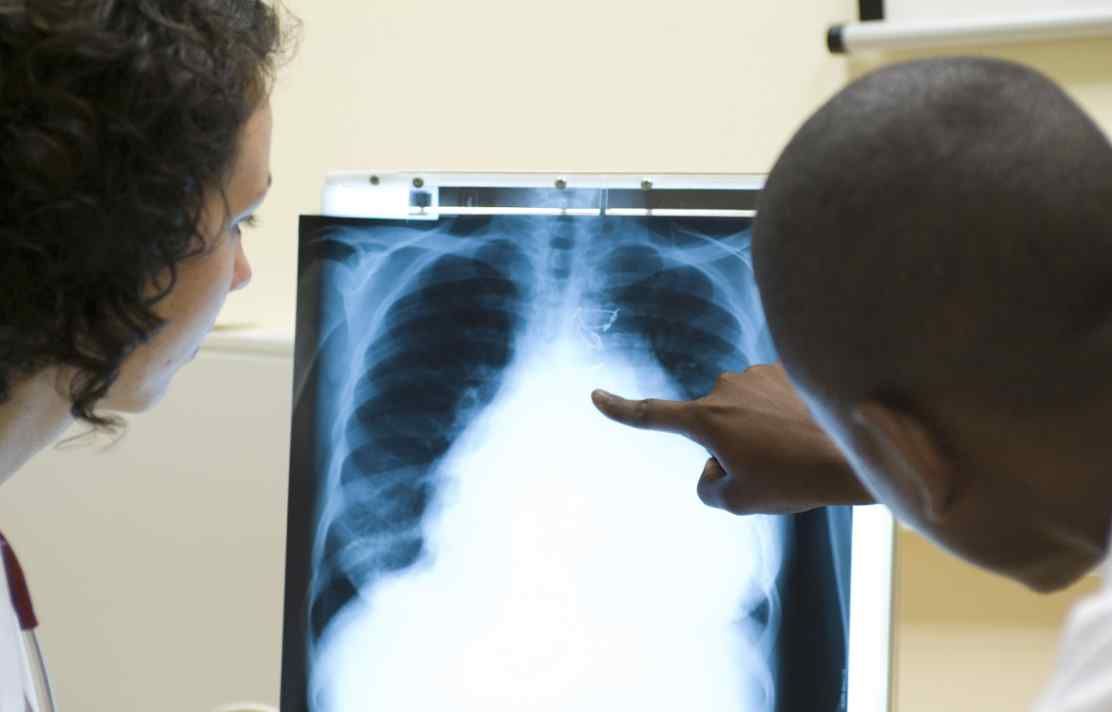- Imperial College Lead: Dr Leonid Chindelevitch
- UKHSA Lead: Dr Esther Robinson
Tuberculosis (TB): Whole genome sequencing (WGS) offers new opportunities for understanding and interrupting TB transmission. Although WGS data is routinely available in England, to maximise its utility for shaping public health responses it needs to be integrated with epidemiological investigations. In the context of underserved populations, it is critical for technical initiatives to be supported by improved access-to-care to reduce diagnostic delay. This theme utilises WGS, surveillance data and social network analysis (SNA) to inform the design and evaluation of interventions to reduce TB transmission.
Non-tuberculous mycobacteria (NTM): NTM isolates account for 60% of UKHSAs mycobacterial laboratory workload. The greatest NTM knowledge gaps are around burden and public health relevance. There is limited information about risk-factors for infection, colonisation and disease. The poor understanding of transmission dynamics (despite routine WGS of NTM isolates) hinders UKHSAs ability to design and implement public health interventions. We are creating an innovative research database linking the datasets of clinical isolates, including WGS data, with patient registries to characterise the epidemiology of NTM.
Research Questions:
- Can the probability of TB transmission be modelled using the bacterial genome, patient characteristics and location, to inform appropriate public health response in real-time?
- What is the burden and geographical distribution of NTM isolates, and their associated risk-factors for disease at population and subpopulation levels?
Specific projects:
- Modelling TB transmission and forecasting in routine practice
Patient characteristics and bacterial genotype have been used to predict transmission risk and cluster size through simple regression analysis. We will create a retrospective-discovery cohort (2015-19) and a prospective-validation cohort (2020-22) of all TB patients and contacts identified in England. Supported by our expert modellers, we will use advanced mathematical and statistical modelling to model real-time ‘epidemic potential’, integrating WGS with patient clinical and demographic characteristics. In the prospective cohort we test the predictive accuracy and refine the models derived from the discovery cohort.
- Integration of SNA with WGS to improve TB contact-tracing and outbreak-response and evaluation of interventions to reduce diagnostic delay
We developed the first costing tool for TB contact investigations now being made into an App. We are evaluating the added- value and cost of SNA (alone or in combination with other methodologies) for contact-tracing and outbreak investigations by using study designs nested within the prospective phase of project ‘Modelling TB transmission and forecasting in routine practice’. We map local initiatives identified by our existing HPRU in London and Birmingham that engage with vulnerable communities to support contact-tracing, improve access-to-care and reduce diagnostic delay by partnering with civil-society organisations.
- Creation of a unified national NTM database for public health research
UKHSA holds data on all NTM strains submitted to the national mycobacterial reference service. We map all NTM diagnostic services in England and engage with any laboratories not yet submitting information to the UKHSA Second-Generation Surveillance System (SGSS). We use record-linkage to link SGSS data with all available NTM datasets, including WGS results of clinical isolates and other national data sources (e.g. Hospital Treatment Insights database) to determine which isolates were considered clinically relevant based on repeated isolation from clinical samples, decision-to-treat and other data. This dataset will be used to epidemiologically characterise the burden of NTM disease broadly at population level. We will analyse the burden in more detail in specific subpopulations where richer databases exist for (a) specific diseases, e.g. UK Cystic Fibrosis Registry (Dr Simmonds and Dr Carr, Royal Brompton Hospital) and the HIV and AIDS Reporting System and (b) specific regions, e.g. the 21 NHS Trusts in the NIHR Health Informatics Collaborative (HIC).
- Identify opportunities for public health interventions to mitigate NTM disease burden
We identify appropriate interventions and time-points within the natural history of NTM disease by using statistical modelling to reconstruct transmission networks; assess reservoirs of transmission and predisposing factors for NTM disease; and use WGS data to identify clones or subspecies with increased virulence or transmissibility.
___________________________________________________________________________________________________________________
How is this theme relevant to UKHSA objectives?
We identify places and subpopulations where TB transmission is prevalent. This will better characterise TB clusters to prioritise response and targeting with tailored interventions. We refine methods of contact-tracing and outbreak-response to develop a training plan for public health practitioners. The TB transmission forecasting system will help UKHSA to trigger more focused, timely public health responses. We provide national and regional estimates of NTM burden and identify opportunities for public health interventions to mitigate this.

Important links
General enquiries
NIHR HPRU in Respiratory Infections
Room 251/252
Medical School Building
Imperial College London
St Mary’s Campus
Norfolk Place
London, W2 1PG